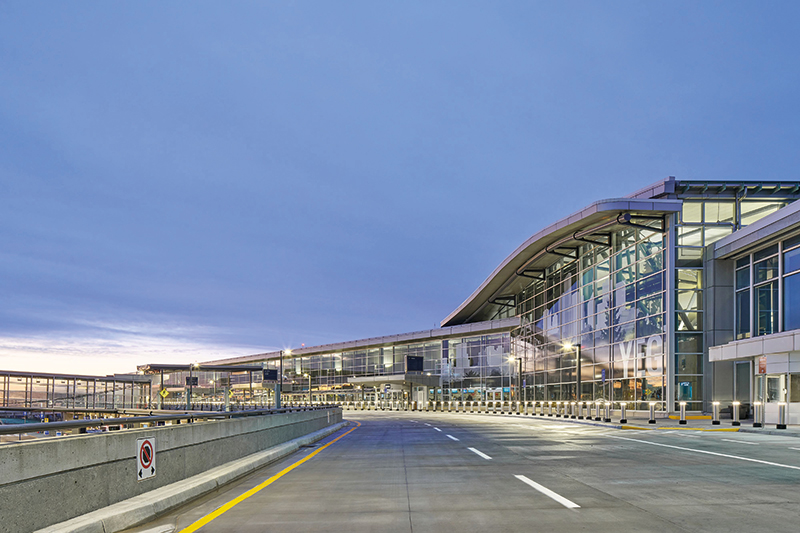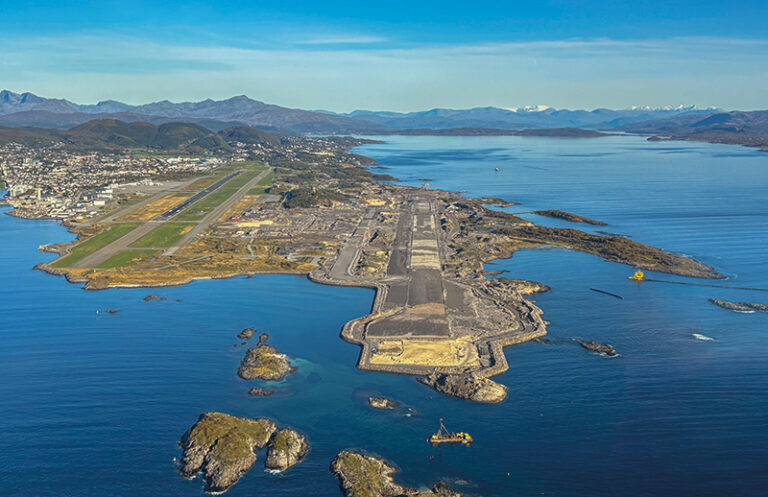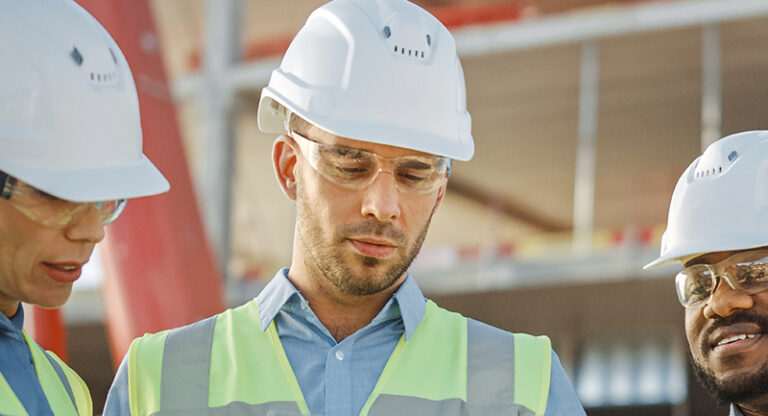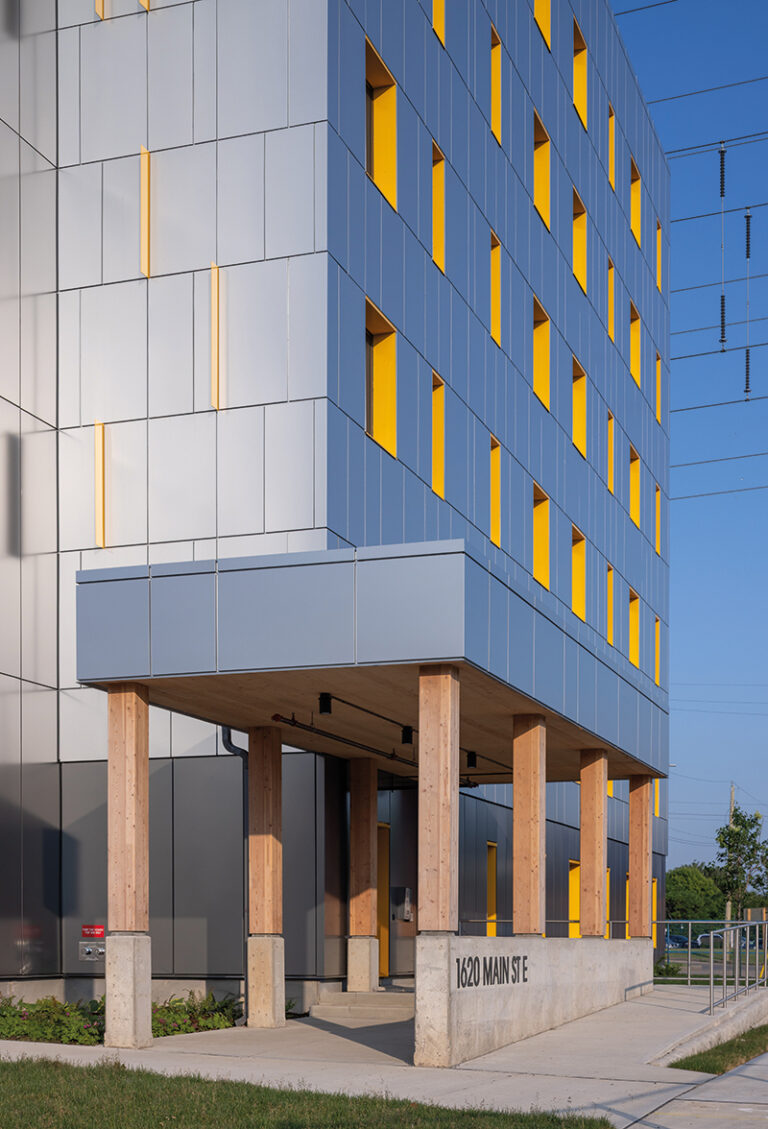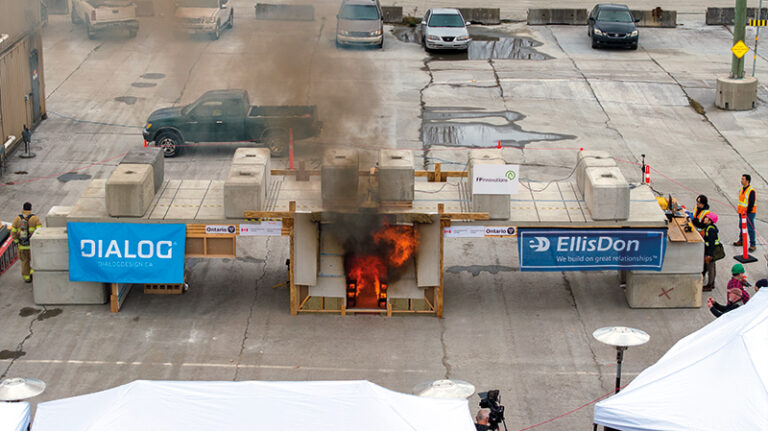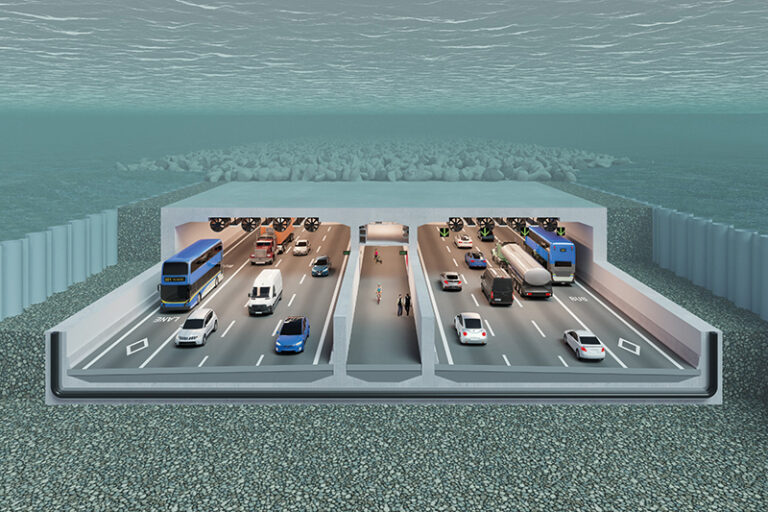Building airport infrastructure is a balance of expansion, safety, and the passenger experience
Airports never sleep. They are among the most complex and highly regulated construction environments in the country, with aircraft movements, passenger flows, and security requirements all dictating how projects can be executed. For owners, contractors, and designers alike, the challenge is simple in theory but difficult in practice: how do you build for the future without disrupting today’s operations?
That was the central theme of ReNew Canada’s recent webinar sponsored by PCL Construction. A panel of experts discussed how to deliver complex airport infrastructure projects ahead of schedule while minimizing ongoing operations and all without disrupting the passengers who depend on a smooth and efficient travel experience.
Designing with operations in mind
When asked how airport infrastructure must be designed and constructed to account for aircraft operations, Dean Xuereb, Field Operations Manager with PCL Construction emphasized sequencing.
“One of the key elements of building a design is understanding, first of all, what is the operational sequence? Phasing really matters on an airport and what gets activated first. I can’t stress enough about how the relationship between design team and the constructor is vital from the very beginning.”
Aditi Jog, Project Manager with Edmonton International Airport underscored the importance of requirements gathering from the owner’s perspective.
“It is imperative for us to identify our stakeholders’ requirements adequately to the design team. If passengers are kept at the forefront during your requirements phase, your design phase, your construction phase and commissioning phase, then half the battle is won.”
Brent Kelley, Aviation Sector Leader and Managing Principal at Corgan reminded the audience that few projects involve entirely new airports. Most must be built within or adjacent to active facilities.
“Very, very seldom do you get the opportunity to just build a whole brand new airport you are always looking at how you keep operations going. It’s not just a matter of drawing up a set of plans. It’s really understanding not only what the design is but how it needs and can be constructed.”
Coordination and safety
At an airport, no construction activity happens in isolation. Every move must be coordinated across multiple stakeholders, explained Jog.
“Coordination is the key amongst all parties. Before we onboard a designer or a constructor we make sure we’ve met with all the regulators and airport stakeholders, whether it is terminal ops or field ops, our passenger experience teams, our facilities, maintenance teams.”
That means involving Transport Canada, Nav Canada, and operations teams for airside work, or coordinating escalator shutdowns and passenger flows for landside projects.
Kelley pointed out that design must anticipate these challenges.
“When we design the systems, we look for those cut over points … a lot of that work can be done in advance and then the cut over made overnight, which really minimizes disruption.”
From the constructor’s viewpoint, Xuereb stressed logistics and visualization as one of the key planning functions to understanding how to enter the airfield.
“I love 3D and 4D construction modeling because it allows all the stakeholders to visually see your plan and sequence. The riskiest part of an airport is actually the civil work. What’s under the pavement is what makes the airport live.”
The need for rigorous quality
Given the intensity of airport traffic, panelists agreed that quality programs cannot be optional.
“Quality is really key. You want to make sure that you’ve got a good handle on that from the start,” said Kelley. “A good quality program is very critical in making sure that you get the product put in place once, that you don’t have to come back and tear things out and redo them.”
For Xuereb, the responsibility extends to every subcontractor.
“Challenging the process, holding all of our subcontractors to the same level of quality expectations—it is a feat. But it has to start from the very beginning and be maintained right to the very end.”
Jog added the owner’s perspective, including monitoring how facilities are actually used.
“Even if the designer had the best quality product installed how somebody ends up using it abuses the product unfortunately. That is only made possible when you have a good standard of quality management program established.”
Security clearances and material logistics
Airports are also high-security environments, which affects both personnel and materials explained Jog.
“During onboarding we expect [contractors] to go through their security clearances. When you do not have a designer or a constructor holding the security clearance, then we also have a security contracting firm that escorts construction teams in and out of those high secure areas.”
Kelley noted that design regulations vary depending on whether work is in domestic or international areas, and contractors must adapt accordingly.
Xuereb highlighted the strain of managing large workforces and deliveries.
“Badging offices are not designed to take three, 4,000 people. Everything has to come on a transport truck, so you can imagine what that volume looks like. Airports are unique. Having traffic studies done by professionals is very important because the constructor is going to exhaust local roadways that are not normally designed for that kind of traffic.”
Jog added: “Just to get air side, you first have to go through the primary security line … then non-passenger vehicle screenings. It can be very time-consuming … planning and coordinating and working together is the key.”
ORAT: Operational readiness
The operational readiness and airport transfer (ORAT) process ensures all systems work before opening, something everyone involved in an airport construction project must keep in mind from the very beginning, explained Kelley.
“First line you draw on a piece of paper must be thinking about how the owner is going to accept this. All these pieces are so interrelated from a technology standpoint today that you really need an integrator who understands and can bring all those pieces together.”
Xuereb highlighted PCL’s recent work at Los Angeles International Airport (LAX) as an example.
“There were 26 IT rooms that were literally the brain of the project. Without those being the top priority things like cameras and doors and air handling units wouldn’t function. Even something as simple as a door in an airport takes about 12 trades.”
Jog emphasized the human side. “You have mechanical components, you have technological components, electrical, and then most importantly you have human components. Even making sure that the staff understands how the ORAT process works is a big key.”
Airside vs. landside
Different zones present different challenges, according to Xuereb.
“Airports are not designed to take this large quantity of traffic. Nothing’s off the table if it assists operations. The transition from land side to air side is the largest challenge for most airports.”
Jog added:
“For airside construction you’re basically shutting down flights. Landside projects, you’re dealing with the human component. Managing and trying to dictate human behavior doesn’t always go your way. A successful outcome of a project means a happy passenger going through your airport.”
For Kelley, you can’t separate landside from airside.
“The terminal has both landside and airside. We built a satellite concourse in the middle of the active aircraft operating area, but we came up with a plan to change the secure line and actually make it land side to start with.”
Looking ahead
The panel closed the discussion looking to the future.
Jog spoke of major projects in Edmonton and beyond.
“We are the gateway to the north. Our cargo operations are one of a kind. A lot of our assets are at the end of their life cycle. So again, a lot of large-scale projects coming through the pipeline. Stay tuned, everybody. Lots coming down for all the airports.”
Kelley highlighted both demand and technology.
“The North American market takes up over 50 per cent of all global air traffic and facilities age three times faster than any other type of building. Within the next five years, you will not even need your smartphone to go through the process. It’s going to be all biometrics.”
Xuereb saw both opportunity and challenge ahead.
“We see quite a bit of pursuits ahead of us in terms of growth in airports. It’s great for the economy, but it also gives us a glimpse of how we have to prepare our market to be ready for these large expansions across the country.”
Final reflections
The ultimate measure of success, according to the panelists is the passenger journey.
“What we really want to do is think about how the passenger is going to be more relaxed, more comfortable in the setting,” said Kelley. “One of the things most people don’t realize is all the things that go into actually putting together a project.”
For Xuereb, satisfaction comes when “the owner, architect, and contractor are completely satisfied with what we’ve given them as an end product, both in functionality and in quality.”
For Jog, passengers are king.
“I can’t emphasize enough on how much a passenger journey means to the airport. By constructing projects, by enhancing functionality and end user requirements, which are again the passengers, is the key for us.”
John Tenpenny is the Editor of ReNew Canada and Water Canada.
[This article appeared in the November/December 2025 issue of ReNew Canada.]
Featured image: The Departures Roadway and Ramp at Edmonton International Airport (YEG) reopened on October 31, 2024, following a 13-month construction project that began in September 2023. (PCL Construction)

